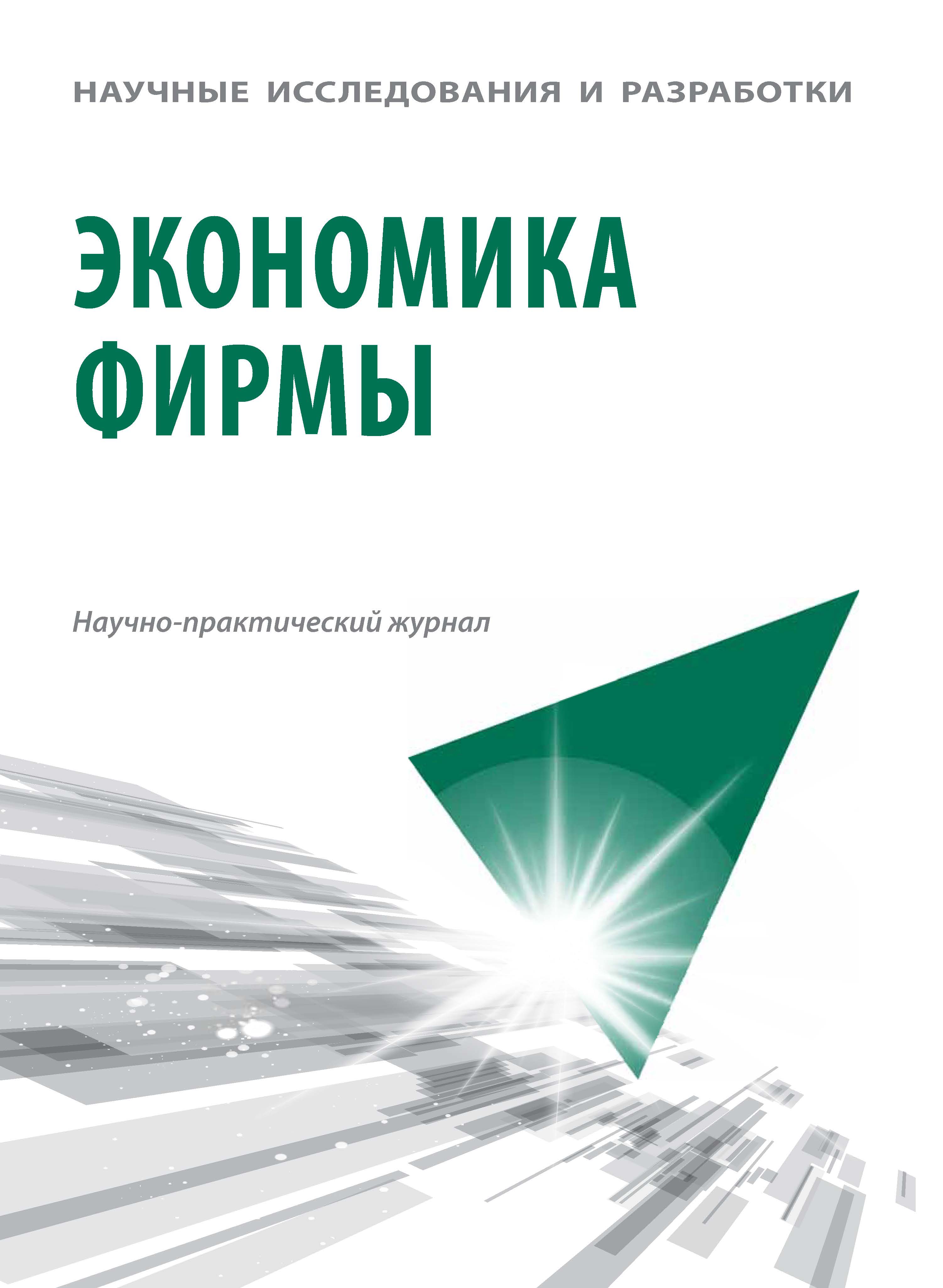This article is devoted to the analysis of the existence of target capital structure of insurance companies and empirical testing of wide known capital structure theories for Russian insurance companies. Trade-off and “pecking order” theories were considered and the model that reflects the impact on the capital structure indicators various characteristics of firms was built. Traditional for insurance markets coefficients — net premium/capital ratio and liabilities/active ratio — were considered as capital structure indicators. It was shown that tradeoff theory is more adequate for Russian insurance market. The existence of target capital structure was discovered. Such indicators as firm size, the share of premiums transferred to reinsurance, return on assets, returned on capital have significant impact on the capital structure. The opportunity to grow, which was estimated as growth in premiums, and the breadth of the range didn’t has significant impact.
firm performance, capital structure, insurance market, regression analysis
Оптимизация структуры капитала, как соотношения заемных и собственных финансовых средств компании, — одна из основных практически значимых задач, решаемых фирмами, и, в том числе страховыми компаниями, в процессе деятельности. Указанное соотношение ресурсов компании показывает влияние на рыночную стоимость компании, и позволяет оценить, насколько фирма финансово устойчива. На сегодняшний день существует немало теорий, цель которых — поиск оптимальной структуры капитала фирмы. Однако следует отметить, что структуре капитала компаний финансового сектора в современных исследованиях уделяют недостаточно внимания: при построении и тестировании моделей структуры капитала такие компании исключают из рассмотрения в связи с особенностями регулирования этого сектора. С другой стороны, достижение оптимальной структуры капитала для таких компаний особенно важно, поскольку они должны удовлетворять нормативным требованиям и критериям финансовой устойчивости, быть платежеспособными и обеспечивать рост рыночной стоимости.
Рассмотрим традиционные теории оптимальной структуры капитала — компромисса и порядка финансирования, особенности их применения в страховании. Также проверим ряд гипотез, позволяющих подтвердить или опровергнуть применимость данных теорий на основе данных по российскому рынку страхования.
1. Bradley M., Jarrell G.A., Kim E. On the existence of an optimal capital structure: Theory and evidence //The journal of Finance. - 1984. - V. 39. - № 3. - P. 857-878.
2. Booth L. et al. Capital structures in developing countries. The journal of finance. - 2001. - V. 56. - № 1. - P. 87-130. EDN: https://elibrary.ru/DYROXB
3. Cagle J. A. B., Harrington S.E. Insurance supply with capacity constraints and endogenous insolvency risk. Journal of Risk and Uncertainty. - 1995.- V. 11.- № 3. - P. 219-232. DOI: https://doi.org/10.1007/bf01207787; EDN: https://elibrary.ru/RZJDYM
4. Chen J., Strange R. The determinants of capital structure: Evidence from Chinese listed companies. Economic Change and Restructuring. - 2005. - V. 38. - № 1. - P. 11-35. DOI: https://doi.org/10.1007/s10644-005-4521-7; EDN: https://elibrary.ru/GUUGEI
5. Cheng J., Weiss M.A. Capital Structure in the Property-Liability Insurance Industry: Tests of the Tradeoff and Pecking Order Theories. Journal of Insurance Issues. - 2012. - P. 1-43.
6. Cheng J., Weiss M.A. Risk-based capital and firm risk taking in property-liability insurance //The Geneva Papers on Risk and Insurance Issues and Practice. - 2013. - V. 38. - № 2. - P. 274-307. DOI: https://doi.org/10.1057/gpp.2013.2; EDN: https://elibrary.ru/ZLNXPN
7. Delcoure N. The determinants of capital structure in transitional economies. International Review of Economics & Finance. - 2007. - V. 16. - № 3. - P. 400-415.
8. Frank M.Z., Goyal V.K. Testing the pecking order theory of capital structure. - 2003. - № 67. - P. 217-248.
9. Harrington S.E., Niehaus G. Capital structure decisions in the insurance industry: stocks versus mutuals. Journal of Financial Services Research. - 2002. - V. 21. - № 1-2. - P. 145-163. EDN: https://elibrary.ru/AUWSZT
10. Kraus A., Litzenberger R.H. A state-preference model of optimal financial leverage //The journal of finance. - 1973. - V. 28. - № 4. - P. 911-922.
11. Laeven R.J.A., Perotti E.C. Optimal Capital Structure for Insurance Companies// Netspar Discussion Paper № 11/2010-073.
12. Modigliani F., Miller M.H. Corporate income taxes and the cost of capital: a correction //The American economic review. - 1963. - V. 53. - № 3. - P. 433-443.
13. Myers S.C. The capital structure puzzle. The journal of finance. - 1984. - V. 39. - № 3. - P. 574-592.
14. Rajan R.G., Zingales L. What do we know about capital structure? Some evidence from international data. The journal of Finance. - 1995. - V. 50. - № 5. - P. 1421-1460.
15. Scott J.H. Bankruptcy, secured debt, and optimal capital structure. The journal of finance. - 1977. - V. 32. - № 1. - P. 1-19.
16. Ivashkovskaya I.V., Solntseva M.S. Struktura kapitala v rossiyskikh kompaniyakh kak strategicheskoe reshenie. Vestnik Sankt-Peterburgskogo universiteta. - 2008. - № 3(8). - S. 3-32.
17. Polyakov K.L., Polyakova M.V., Samoylenko S.V. Modelirovanie vliyaniya dolgovoy nagruzki na effektivnost´ deyatel´nosti sub´´ektov predprinimatel´stva. Voprosy statistiki. - 2016. - № 9. - S. 17-29. EDN: https://elibrary.ru/WYMSYT
18. Polyakov K.L., Polyakova M.V. The role of financial factors interactions in the capital structure determination. Elektronnyy zhurnal Korporativnye finansy. - 2016. - № 1(37). - S. 102-118.






